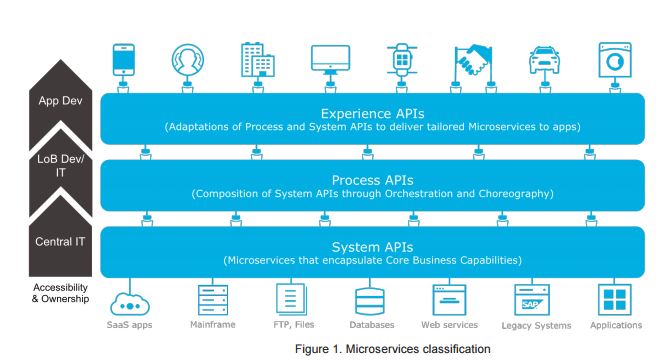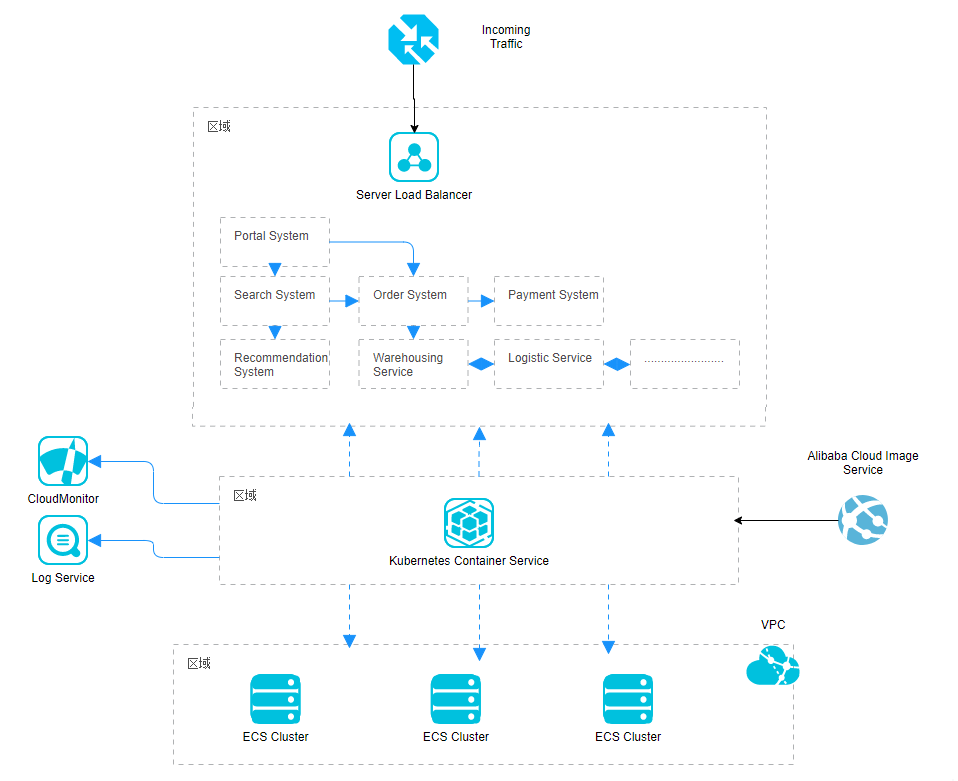By Raghav K.
Digital transformation has changed how business solutions are delivered. Digital transformation has accelerated ten folds in the post-pandemic era. The world is transforming and adapting to how things work.
Gartner predicted, “Through 2024, businesses will be forced to accelerate digital business transformation plans by at least five years to survive in a post-COVID-19 world that involves permanently higher adoption of remote work and digital touchpoints. Gartner forecasts global IT spending related to remote work will total $332.9 billion in 2021, an increase of 4.9% from 2020.”
The expected growth of transformational technologies during the COVID-19 pandemic has nullified concerns about growing budgetary concerns from the economic slowdown in 2020.
Digital transformation is a collection of tools and practices that overcome business complexities. These complexities are typically caused by conducting businesses using an outdated or monolithic approach.
This article focuses on solving the complexities of digital transformation using the Alibaba Cloud model to enable a smoother transition.
Traditional applications present a lot of complexities when we compare them to the develop-to-deploy models like DevOps. The traditional model presented a tedious scenario when syncing the release times of different modules or application fragments. There were complexities related to dependency isolation with a lack of governance between APIs.
If there was a bottleneck related to a specific module, the whole application required a scale out. This increased the amount of time for the solution to become functional, and the costs involved were higher.
With the cloud approach, you can use microservices with containers. The microservices classification from Alibaba Cloud is listed below:

While sorting out this challenge, microservices can provide enormous stability and availability to your environment. You can sort multiple services simultaneously depending on how your application is made. The main complexity was defining module boundaries and utilizing the same application by migrating it to the cloud architecture.
After migration, the application might not behave the same way it did in a traditional setting. You have two choices. You can isolate the application’s main service modules and clearly define the boundaries to split the service as a collection of services or redesign the application based on the cloud-native architecture. Containerization plays an important role in both cases. Alibaba Cloud Container Service for Kubernetes (ACK) allows you to deploy your application without functional constraints.

Microservices typically have a loosely coupled architecture that makes it easier for you to maintain them. One microservice doesn’t affect the other, making the entire O&M process remarkably easier. However, splitting a traditional application into multiple services or microservices can create issues since the module boundaries that you set may not be defined clearly. The tightly coupled services will require elaborate O&M.
These types of microservices depend on shared data resources and can rid the system of flexibility and elasticity. This can create performance bottlenecks and ultimately reduce the business continuity you will seek from your cloud migration.
Handling traditional applications can be painful, but technology assessment and adaptability are the only ways to move forward. Cloud-native can redesign applications based on the latest technology trends, making your solution highly capable of withstanding expansion.
However, when you decide to work with your traditional applications in a cloud environment, adjustments may be necessary. The architecture must be adjusted to provide flexibility to help the enterprise undergoing the digital transformation.
We advise using the self-sufficient containerization technology to help the O&M process and enable a seamless transition. In this particular case, where automation is the key for an enterprise to overcome flexibility woes, containers can provide architecture and platform independence.
In the case of larger application units with more distributed modules, the number of APIs will increase, increasing the overall test cases associated with the application. Manually processing a large number of modules will be slower and counter-productive; automation is the lifesaver. Automation can cut down the release time, help with O&M efficiency, and enable metrics collection to build a strong feature set. This feature set can build a future cloud-native solution.
More digital transformation will lead to more complexities. However, you can build cloud-native applications to replace your traditional applications with a strong strategy and collection of patterns and metrics. This will allow you to maintain your core business values and make the transition easier.
Alibaba Cloud offers highly integrated solutions and provides a fine-grained approach towards service management. A unified approach helps enterprises take advantage of cloud computing benefits, such ashuge performance gains, resourcefulness, and availability.
The start of your digital transformation journey can be smooth if you choose the right cloud provider. Alibaba Cloud has a remarkable approach with a presence worldwide to provide support. Starting your digital transformation journey with Alibaba Cloud can provide endless benefits related to the implementation of security, identity, compliance, and setting up a hybrid cloud or multi-cloud architecture during business expansion.
The service-oriented architecture and the correct set of tools and services can help you achieve more and pave your way to enormous success. Digital transformation is all about overcoming the woes, leaving the traditional way of conducting business behind, and moving forward with a digital presence to expand to a wider marketplace.
Application Monitoring and Observability – Part 3: Alibaba Cloud ARMS
One-Stop Management for Cloud Security – Alibaba Cloud Security Center

2,593 posts | 791 followers
FollowAlibaba Clouder - May 2, 2021
Alibaba Clouder - May 1, 2021
Alibaba Clouder - April 23, 2021
Alibaba Clouder - March 24, 2021
Alibaba Clouder - May 4, 2021
Alibaba Clouder - April 1, 2021

2,593 posts | 791 followers
Follow Microservices Engine (MSE)
Microservices Engine (MSE)
MSE provides a fully managed registration and configuration center, and gateway and microservices governance capabilities.
Learn More Robotic Process Automation (RPA)
Robotic Process Automation (RPA)
Robotic Process Automation (RPA) allows you to automate repetitive tasks and integrate business rules and decisions into processes.
Learn More DevOps Solution
DevOps Solution
Accelerate software development and delivery by integrating DevOps with the cloud
Learn More Alibaba Cloud Flow
Alibaba Cloud Flow
An enterprise-level continuous delivery tool.
Learn MoreMore Posts by Alibaba Clouder